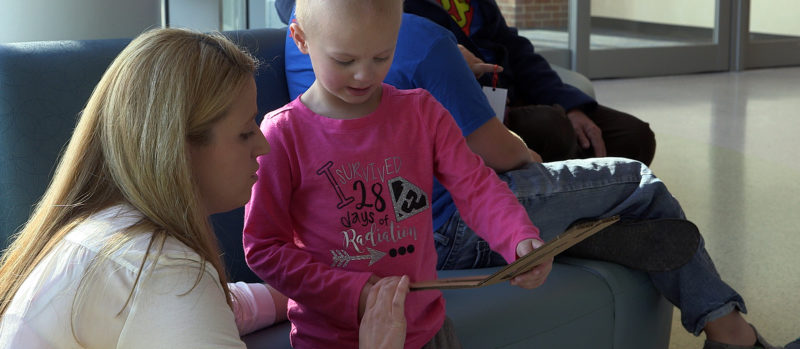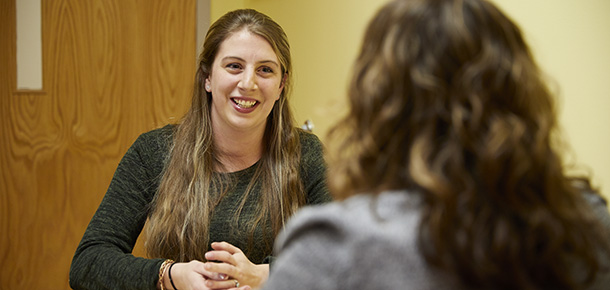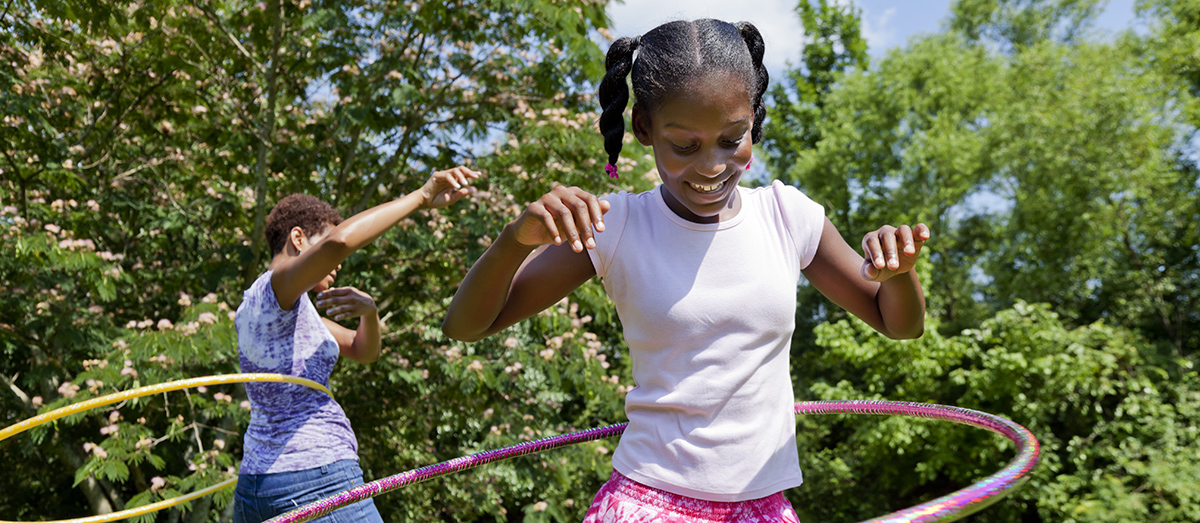Learning that your child needs proton therapy can be overwhelming. On top of mentally processing a child’s cancer diagnosis or new course of medical treatment, the logistics can be a lot to manage. The time commitment can vary but often involves five treatments a week for up to six weeks.
As a child life specialist, it is my role to help reduce the stress and anxiety that patients and families may be feeling and to prepare, support and incorporate therapeutic activities throughout the process at the Proton Therapy Center.
My main goals are to:
- Help explain and prepare patients and families for what will happen during proton therapy
- Be a support person to patients and families throughout their course of treatment, which could include sibling communication
- Make it fun and enjoyable to come to the proton therapy center
- Help patients process hair loss
- Be a source of consistency during a very uncertain and challenging time
Here’s what a typical path through proton therapy looks like, and how child life is there to help each step of the way:
CONSULTATION
A child life specialist will meet your family during the proton therapy consult. After getting through the medical aspects, we want to learn more about what makes your child and your family’s situation unique. Are you coming from out of town? What are your biggest challenges in being here? What are your and your child’s concerns? His or her favorite activities and interests? Do you have other children?
We’ll begin tailoring our ideas and interventions to your child. Some patients like to work on arts and crafts while others enjoy building Lego sets or creating photography projects about treatment. Most often, children just want to play, which helps to normalize their daily visits. We’ll offer activities that your child will look forward to doing each day. Additionally, we’ll also try to offer a tour of the facility to help you feel comfortable when you return for treatment.
Siblings
If your child has brothers or sisters, we want them to feel special and connected to their sibling throughout their treatment. We encourage them to come to the center to learn about what their brother or sister is doing, if this is possible. If you are coming from out of town, we have other ways to help the children at home to feel a part of the process.
CT SIMULATION
Prior to starting treatment, your child will come in for a CT simulation, which helps to position your child during treatment and provides important information for the creation of the treatment plan. Specific devices that help to properly position your child, like a mask for brain treatments or a beanbag-like mold for under the body, will be created this day.
We can also assess if your child can hold still for treatment, or if anesthesia is necessary. Your child will also meet the radiation therapists who deliver the proton therapy treatments each day.
TREATMENT PLAN
Every child’s proton therapy treatment is a little bit different. However, one distinction is whether your child will need anesthesia to receive proton therapy, which is painless. This is determined by your child’s age and ability to hold still anywhere from about 20 to 60 minutes.
For the children needing anesthesia. We typically have playtime while the care team gets ready for your child to receive anesthesia. We will use your child’s PICC line, central line, or port to administer the anesthesia, and you can be present with your child until they go to sleep.
For the children who won’t need anesthesia. We do a lot more education about what’s going to happen, since they will be awake to experience the treatment process. While the proton beam won’t be delivering radiation for the whole 20-60 minutes, there is a lot of set up and positioning involved, and lying still is important. We can talk about ways to make this easier and can practice if your child has concerns.
The same team of radiation therapists will work with your child every day to provide consistency and help ease anxiety.
PROCESSING THE EXPERIENCE
Once your child has begun proton therapy, a child life specialist will help them reflect on the experience. What was your first treatment like? Was it easier or harder to hold still than you thought? What are you looking forward to doing after you are finished with proton therapy?
When we take the time to process, patients often match a feeling to their experiences. This allows them to see more clearly the progress they are making, the challenges they have overcome, and what they can look forward to when they finish. We can also facilitate or suggest various projects to further process these feelings and to have something tangible to remember.
We offer supportive conversation about the side effects patients may experience. While there are fewer side effects with proton therapy than traditional radiation, they may experience fatigue, minor hair loss, and skin irritation at the treated site. These conversations can help them understand any changes happening to their bodies and identify how it might make them feel.
END OF TREATMENT CELEBRATION
Even if proton therapy isn’t the end of our patients’ overall treatment, we encourage celebrating this milestone. It is a significant accomplishment for children and their families no matter where they are on their journey.
Because everyone likes to celebrate in different ways, we’ll talk about what that last day celebration might look like. Some families want each member of their care team celebrating with them in a big way while others want something more quiet and brief.
Regardless of how they want to honor the day, children completing proton therapy will have the opportunity to ring the chimes in our celebration garden, which is a symbolic representation of completion. They’ll also receive some special gifts from the proton care team to help them remember their bravery.
It is a privilege to work as a child life specialist in the proton setting. I do my best to help families find light, pockets of joy and triumph during their darkest days.
To learn more about our Proton Therapy Center, visit our webpage or call 844-790-2866.






This is a very inciteful and informative article, written by a Child Life Specialist who obviously cares very much for the patients and familities whom she interacts with on a daily basis. It is refreshing to know that there are still health care workers out there who don’t simply work for a paycheck but who really care about representing themselves and the institutions they work for in a positive impactful manner, and assist in bringing about more favorable results in the lives of their patients. Child Life Specialists really can make a difference in the lives of their patients and the respective families. It would appear that The Proton Center at Cincinnati Children’s Hospital is in good hands with employees like Amanda Rich doing their part to make a difference in the lives of their patients.